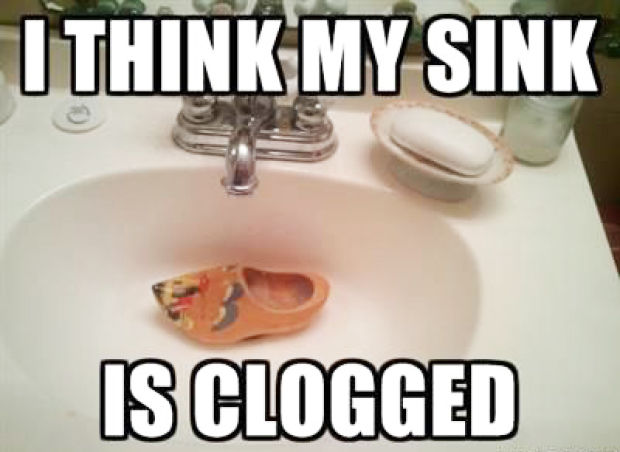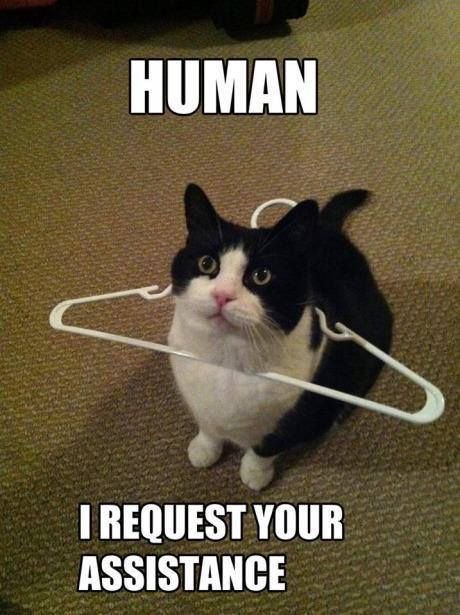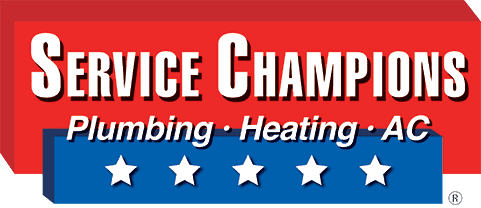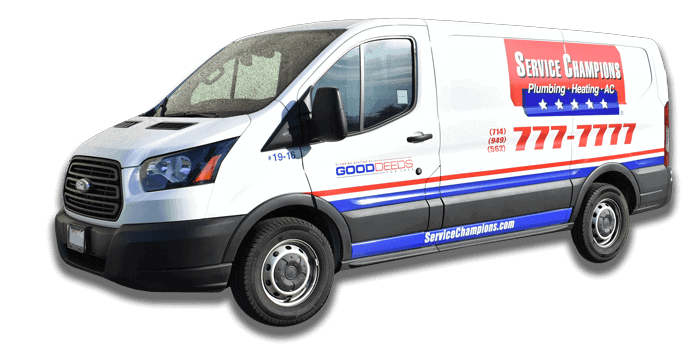Tried These Drain Cleaning DIYs and Still Having Trouble?
A clogged or slow drain can be a real hassle. Over time, hair, debris, soap scum, and other materials can build up in your drain, causing it to flow slowly or water to pool.
Though this problem is common, it’s a messy and annoying problem to fix. A lot of homeowners opt for drain cleaning DIY solutions, but if you’re not getting anywhere, we have cleaning tips for you.
Why Your Sink is Not Draining
A slow drain is a drain that allows some water to flow out, but it takes much longer than it should. This is different from a clog, which may not drain at all.
Hair clumps, food debris, grease and oil, soap scum, and other materials can build up in your drain, restricting the flow of water. This is a hassle and may get in the way of tasks like brushing your teeth or washing dishes.

Use the Zip-It Tool
The Zip-it tool is a handy and inexpensive tool for DIY plumbing issues. You can find the tool at most home improvement stores and it’s easy to use. You simply snake the tool into your pipes to grab the debris that’s causing the clog, bringing it up and allowing the water to flow. The Zip-it also works with sinks with or without pop-ups.
Take out the P and U Traps
Most pipes are designed with a U-shaped bend that you can see if you look beneath your sink. The bend is designed to allow a small amount of water to pool in the pipes, preventing sewer gasses from coming back out and into your home. Along with being smelly, these gasses can be toxic to humans and pets.
While this necessary addition keeps you safe, the area where water pools is great for collecting debris like loose change or lost rings, leading to clogged drains.
- Remove the items you store in the cabinet beneath the sink and put a bucket below the pipes to collect dirty water.
- Turn off the water supply.
- You’ll see two slip nuts at the ends of the pipe’s curve, which hold the P-trap in place. They’re usually chrome or plastic.
- You can remove the slip nuts with your fingers – or a wrench if they’re tight – and take out the P-trap section of the pipe. Turn counterclockwise to loosen them.
- With gloved fingers or a stiff brush, look for the clog and push it out of the pipe.
- Once the clog is removed, replace the P-trap section of pipe and retighten the slip nuts.
- Turn the water back on and replace the items beneath your sink.
Use the Plunger
Most people are familiar with plungers for toilets. The idea is the same with plunging your sink, you just need a smaller plunger.
- Remove the stopper from the drain. It may be able to pop out if you tug upward and unscrew it. Once removed, put the stopper somewhere safe so you don’t lose it.
- Fill the sink with an inch or so of water. Avoid filling the entire basin.
- Center the plunger over the drain and push down to create a seal. Pump the plunger up and down.
- Stop periodically to see if the water drains freely. Once the clog is gone, the water should drain rapidly.
- Test the drain to see if the clog is truly resolved. If you’re still having problems, you may need to plunge it more.
What Not to Use
Chemical Cleaners
A chemical drain cleaner is handy, but it’s not the best choice for removing clogs. While it will bust up a clog quickly, that comes at the cost of possibly damaged pipes from caustic chemicals.
Wire Hanger
A wire hanger is a common recommendation for DIY clog fixes, but it can do more harm than good. For one, the clog is likely too deep in the pipes for the hanger to reach. Along with that, jamming a hanger into your pipes can do damage and cause bigger problems.
Finally, the hanger could get stuck, and now you have to remove the hanger AND the clog to get back to normal.

Time to Call the Professionals
A household clog is something that you can DIY, but that’s not always successful. If you’re still struggling with DIY fixes and not getting anywhere, don’t hesitate to call a professional plumber to correct your clogged or slow drains. Contact Service Champions to schedule your appointment!

